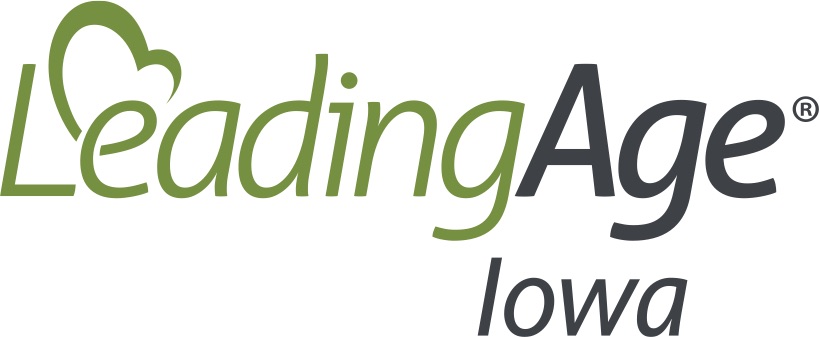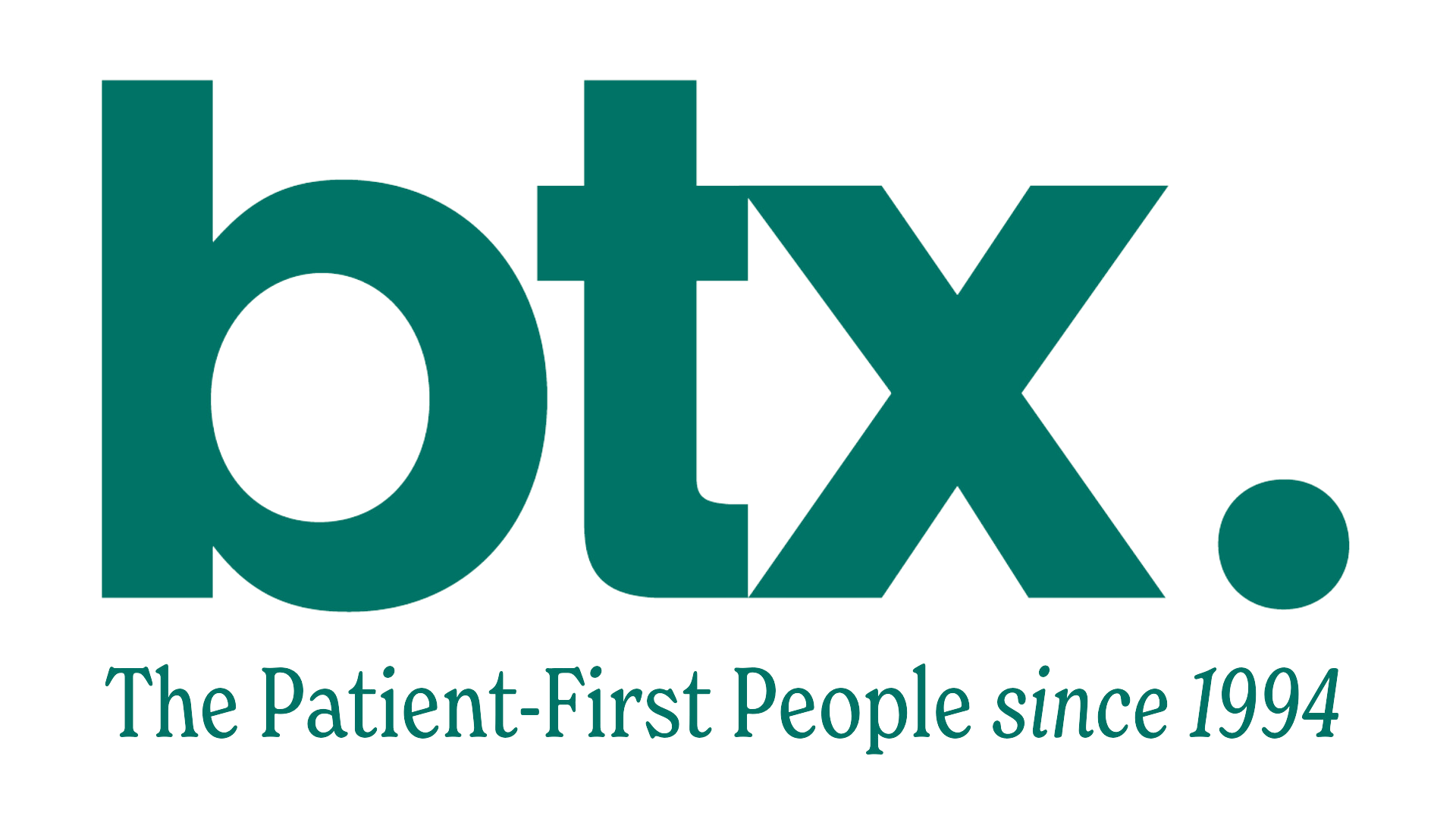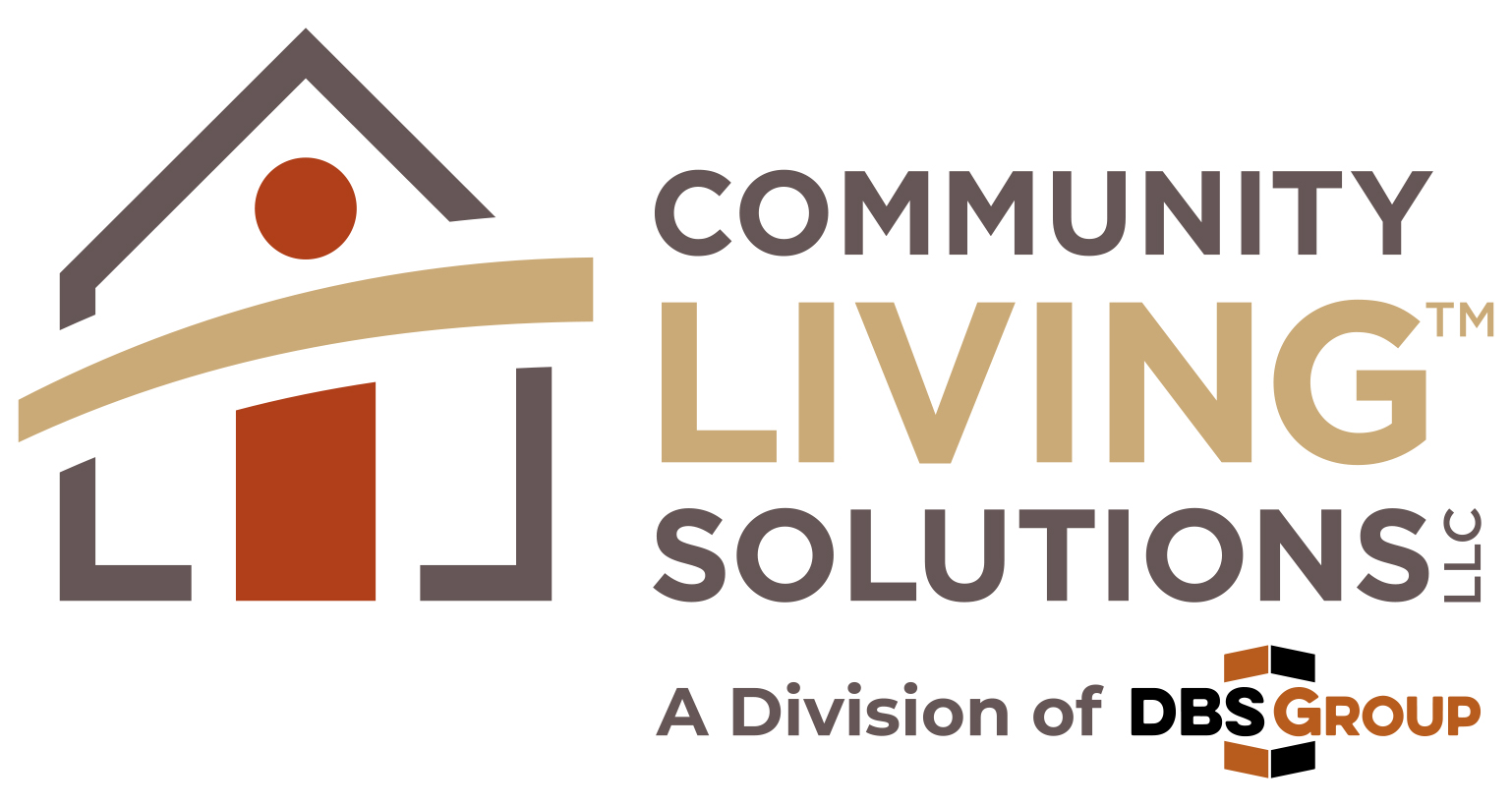|
Abuse RoP Revisions There were several revisions in the abuse section of the advanced copy of Appendix PP. There are likely some revisions that LAI will need to clarify with the Department of Inspections and Appeals once they complete surveyor training. LAI will continue to post resources and updates as they are available. Instead of outlining each regulation, the information is broken down by situation (such as resident-to-resident abuse and neglect). Resident-to-Resident Abuse CMS added language to F600 stating that not every resident-to-resident altercation results in abuse, with an example provided of infrequent arguments or disagreements that occur during the course of normal social interactions (such as dinner table discussions) would not constitute abuse. The surveyor must determine whether the incident would meet the definition of abuse. At this time, DIA’s expectation is that all resident-to-resident altercations be reported, once DIA clarifies their interpretation of these changes, LAI will educate members. Sexual Contact: Included in resident-to-resident abuse is sexual contact between residents. Not all sexual contact between residents constitutes abuse and CMS outlines that providers are required to determine the resident’s capacity to consent to sexual contact. It is also noted that capacity is not a fluid term, meaning that resident’s may have the capacity to consent to a sexual relationship, but may not have the capacity to manage their own finances. Providers should establish a policy and procedures for determining capacity to consent to a sexual relationship. Ideally, capacity would be determined prior to the contact occurring. Many times caregivers will note indirect signs that resident’s may be attracted to each other, including times when they may be noted to visit or sit by one other more frequently than others, dementia residents may indicate that the resident is their “spouse” as an example. This is the point where caregivers should determine the capacity of the resident to consent to any potential sexual contact. There may be signs during this time that the residents display that indicate they are not consenting to any type of contact with the other resident. As an example, if a resident expresses disinterest in the other resident, or if a resident gets agitated because the other resident is constantly near them, or they pull away if the other resident attempts to touch them. These signs would direct a caregiver to implement interventions to reduce the contact between the two residents as much as possible, as further contact may agitate a resident to a point that they retaliate in a physical manner such as pushing, hitting, or other contact that may result in injury. What is required and not required to be reported for resident-to-resident altercations? (Note this is from CMS and has not been adopted by DIA at this time.)
It is important that all caregivers are aware of potential behaviors that may result in resident-to-resident abuse and care plan these behaviors including interventions that can be implemented to reduce this potential. Examples include residents who wander into other resident’s rooms can have the potential to upset other residents to the point where they may push the resident out of their room or retaliate with physical contact. In addition, the provider must:
Neglect: Information on neglect has been revised in several locations in the revisions to the surveyor guidance throughout the abuse regulations. Neglect is defined as the indifference or disregard for resident care, comfort, or safety, resulting in, or may result in physical harm, pain, mental anguish, or emotional distress. However, not all deficiencies related to care and treatment meet criteria for neglect. There are specific examples of neglect and CMS notes that neglect occurs when the facility is aware, or should have been aware of, goods or services that a resident(s) requires, but the facility fails to provide them to the resident(s), resulting in, or may result in, physical harm, pain, mental anguish, or emotional distress. As an example, a single instance of a failure to assist a resident to the toilet for a prolonged period of time that potentially contributed to a skin concern (such as redness) or UTI, is not considered neglect. However, if there is a systemic breakdown that results in physician harm, pain, mental anguish, or emotional distress of the resident, this can be considered neglect. This could include a prolonged period where residents don’t receive personal care such as assistance with grooming/bathing, management staff are aware and fail to attempt to alter practices to correct the problem, and the failure in grooming/bathing leads to several pressure ulcers/skin breakdown concerns with residents. In F600, CMS added an example of a failure to implement an effective communication system across all shifts for communicating necessary care and information between staff, practitioners, and resident representatives. Restraints: F604 related to physical restraints was revised to include information on when bedrails would be considered a restraint. According to the revisions, bed rails are considered restraints if the bed rail keeps a resident from voluntarily getting out of bed in a safe manner due to his/her physical or cognitive inability to lower the bed rail independently. Note, that a resident at baseline must be able to voluntarily get out of bed without the use of a bed rail for the bed rail to be considered a restraint, however, each resident should have an assessment completed and in their medical record upon initiation of the bed rail as well as periodically (according to F700) to determine if the bed rail is a restraint. Another note according to F700, prior to implementing the use of a bed rail for a resident, providers must follow regulatory requirements, including attempting alternatives to the bedrail and documenting failure of the alternatives. CMS included a tool for providers to use FDA Alternatives to Bed Rail Use in the revisions at F700. Inclusion of Abuse Information in QAPI Program: F607 includes revisions that situations of abuse must be incorporated into the QAPI program and meetings. The QSEP training for surveyors encourages investigation on how cases are communicated with the QAA committee and that the QAA committee must oversee the process of investigation. This coordination could include:
F608: F608 was removed from Appendix PP and regulatory guidelines were implemented into F607 and F609. F608 previously referred to crimes against residents and regulatory language was split up as follows: F607 now includes deficiencies related to the failure to develop and implement written policies and procedures related to posting conspicuous notices for employee rights and prohibiting and preventing retaliation against employees who report suspected crimes against residents. F609 now includes deficiencies related to failure to ensure the reporting of suspected crimes against residents and notifying covered individuals of their reporting responsibilities. Suspected Crimes Against Residents: In F609 a note was added that states “once an individual suspects that a crime has been committed, facility staff should exercise caution when handling materials that may be used for evidence or for a criminal investigation”. The surveyor guidance provides an example including an allegation of sexual abuse and the provider washing bed linens or giving the resident a shower/bath prior to sending to the ER for collection of a rape kit.
Some providers have individual policies and procedures requiring staff to report to the provider (i.e. administrator) prior to reporting to the police department or SSA and the provider will report to the required entities. However, the covered individual remains accountable for ensuring that reporting is completed as required. For example, the covered individual may report a crime against a resident to the administrator according to policy, however, the covered individual should verify that the administrator reported to the law enforcement agency and SSA in the required time frame, as the provider’s policy does not relieve the covered individual of reporting requirements including potential monetary penalties. Examples of crimes against residents:
Penalties Associated with Failure to Report:
The mechanism for documenting that all covered individuals have been notified annually of their reporting obligations may include a copy of a notice or letter sent to covered individuals with confirmation of receipt or a completed training/orientation attendance sheet documenting the individual completed training on reporting obligations. F609 also includes examples of what providers should include in initial reports and follow up investigation reports. See Exhibit 358 (page 831) and Exhibit 359 (page 838) of Appendix PP for example forms and information necessary for investigation reporting. Resources: LeadingAge Abuse and Neglect Implementation Checklist F600 In addition to the above resources, Pathway Health is revising the Abuse and Neglect toolkit to provide additional resources to members. As soon as it is available, we will post on our website and include in the Communique. |













